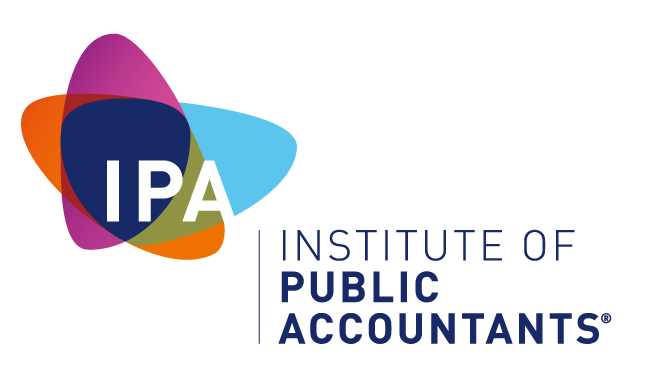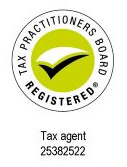Your business is an important asset and one day it is likely you will exit. To achieve the best outcome in terms of price and circumstances it is very important to plan ahead. As long as you have the willingness to roll up your sleeves and do some work, there is no reason why your business can’t be the one that stands out from the crowd as being worth paying the premium for.
With that in mind, here are 20 tips that will improve the value of your small business. Start with the easy ones first and then circle back to the more challenging ones. If you need to, bring in an expert in the field. It will be worth it!
1. Secure lease terms – If your business is reliant on its location, make sure it has secure lease terms as far into the future as possible before selling.
2. Sort out your books – A business that requires excessive adjustment to its financials in order to reflect its ‘real’ profit is seen as a riskier investment. Sort out the balance sheet and profit and loss to show the real business that lies beneath the surface.
3. Systems and processes –Make sure that you develop systems and processes for who does what, when, and how. Create a manual for running the entire business so that anyone could step into the business tomorrow and keep it operating just as it was.
4. Understand your drivers – Get a guideline valuation so you know what the value drivers in the business are and exactly what levers need to be pulled to achieve the desired outcomes. Then… pull those levers!
5. Monthly reporting – Yes, this sounds boring. But by creating a routine of analysing both your financial performance (against budget, ideally) and nonfinancial performance and the various factors that influenced them – the sales pipelines, marketing initiatives, staff performance and the other measurable data you collect – your chances of success increase exponentially. There is no use waiting until the end of the year or the quarter to retrospectively consider performance. By then, it’s likely already too late to do anything about it. It might be too late to react quickly to opportunities or threats.
6. Forecasts – They’re not just for the weather. Consider the plans for the business and adopt reasonable assumptions, put together an estimate of the cash coming into and leaving the business bank accounts. This will help you understand you can’t raid the kitty when you see some cash build up as there is an expense looming just around the corner.
7. Marketing – It sets the tone of the business in the marketplace. Perception is extraordinarily important. The business doesn’t need to be on the absolute cutting edge, but if it’s still rocking a homemade webpage, it might be time for an update. Stand out from the crowd by creating a brand.
8. Technology – Most businesses can be improved through the careful use of technology, whether it is for inventory management or automating entire processes. The aim is to make the business better and less risky, and there are tons of tools out there.
9. Empower management – Give the team autonomy and the responsibility to succeed. Provide oversight and guidance… from a respectful distance. Give them the tools and training they need and nurture a culture of collaboration rather than individual performance.
10. Consistency – Much of this is just turning up and doing what has to be done so that every customer gets the same great experience. Harkening back to earlier tips about documenting systems and processes, consistency means turning those processes and business success into the daily routine.
11. Culture – Having a good team is about a business selecting people for their skills and the employee selecting the employer because that’s where they want to be. An employer needs to create conditions that encourage their employees to give their best. It might be a four-day work week, flexible work arrangements, free yoghurt on Wednesdays, etc…
12. Budgets – Often, cash flow forecasts and budgets go hand-in-hand. The CFF is the map, while the budget is the directions. Budgets help with planning and control of the business finances. If there is no control over spending, planning is futile and if there is no planning there is likely no success. No budget = no direction, but flexibility is critical.
13. Pricing – If your pricing is set correctly prior to the time of sale, the price will reflect the uplift in income expected… and when your profit is higher, the value is higher. But you need to do it early enough for it to be reflected in the financial results.
14. Employees – Let’s mix some metaphors – Good employees are worth their weight in gold. Bad ones are an anchor around the proverbial neck of the business. Strive for carrying no dead wood.
15. Accountabilities – It’s important everyone knows what they have to do, what they are responsible for, and how it is being measured so they can direct their efforts accordingly.
16. Training – From the moment a new hire comes on board they should be trained in a consistent manner and their tasks should be documented and systematised. If that hasn’t happened yet, there is no time like the present.
17. Advice – If you don’t have the requisite skillset, don’t be afraid to get specialist advice. For example, accountants, marketing specialists, CFO or general management service providers, business valuers, etc.
18. Diversity –As the saying goes, don’t put all your eggs in one basket. Try to have a diverse customer base, as it reduces your market concentration risk, and diversify your product offering as it reduces your risk of a particular product falling out of favour.
19. Plan your exit – Knowing how you will likely get out lets you prepare the business for that eventuality. Is your best chance of selling to an existing employee, or a large multinational? Should you sell the business or the shares in your company? What is your capital gains tax position after the sale? Are there any concessions or issues you should know about before you sign on the dotted line? Are you retiring or moving on to the next thing? The real key is this – A business that is prepared to exit at any time is worth the most. A business owner who is prepared for a sale is in the best possible position to maximise their benefit.
20. Strategic plan – Tie it all together with a strategic plan. Document where the business is today and design and implement a plan that maximises the value of the business. Develop short-term goals: monthly, quarterly, or annual, and create a plan that will help you reach those goals.
Make sure the plan considers the resources you will need: money, people, equipment, inventory, and additional operating costs, and make sure the end result will be a service or product that customers are looking for. Make sure these things can be included in your cash flow forecasts and budgets.
Set the metrics you will use to monitor your progress towards achieving each goal; adjust your plans based on your performance if you need to. A business plan or strategic plan is not a static document; it should be capable of being adjusted, reimagined, and relaunched.









